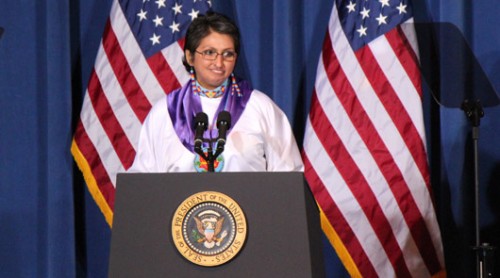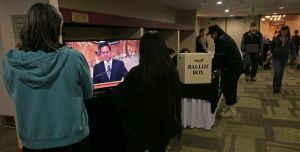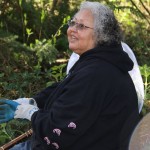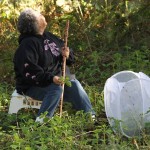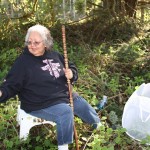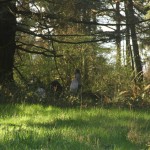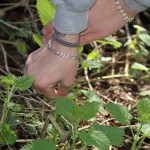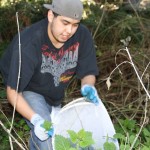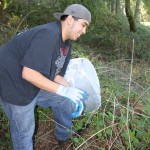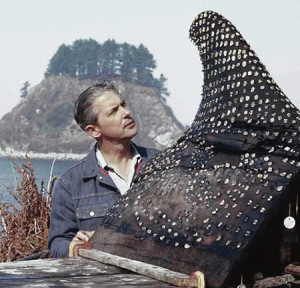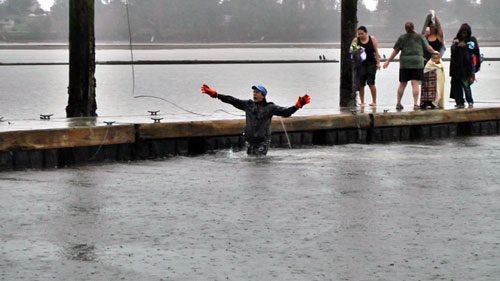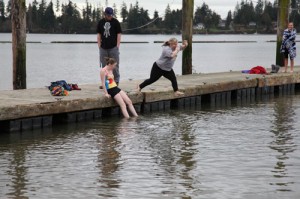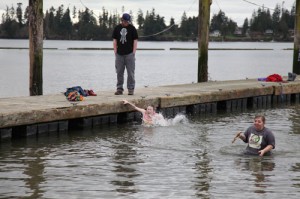By Caroline Cataldo, Medill Reports Chicago
Dorene Wiese operates under the assumption that when she sees a community need, she fills it.
As director of the American Indian Association of Illinois, Wiese runs a youth tutoring program, a GED prep course, a museum and a college from the basement of a Rogers Park church. The children and adults who enter the doors are enrolled members of one of 566 Native American tribes — including Navajo, Lakota, Crow and Blackfoot — recognized by the U.S. government. Wiese, like the majority of Chicago’s Native Americans, belongs to the Ojibwe tribe (Northern Wisconsin and Minnesota, and Canada).
Wiese says problems of poverty, identity and cultural preservation for natives living in Chicago are no different than the difficulties seen on reservations. But, she explains, there is one major difference:
“When you don’t have a job on the reservation, you live with your extended family members,” Wiese says. “When you don’t have a job on Chicago, you are homeless, you live on the streets.”
In February, the federal government admitted neglecting to honor treaties to pay for native social service agencies for decades, leaving a $3 billion debt. As of this year, the government has pledged to honor its commitment going forward. Distributed by the Bureau of Indian Affairs to cover education, health care and other social service programs, “contract support costs” historically were funneled to organizations on reservations. This year, the bureau asked for $231 million to pay for running these social service agencies..
But, even as an exclusively native, non-profit in an urban, off-reservation setting, the American Indian Association of Illinois, like others, does not see a penny. Calls to the bureau to explain funding discrepancies were not returned.
This lack of explanation is the problem, advocates say.
As a prominent member of the Chicago Native American community, Wiese wonders why, as enrolled tribal members, organizations like hers doesn’t benefit from this money. In fact, 99 percent of these social service dollars only serve 22 percent of Native Americans — who live on reservations. However, 78 percent of Native Americans in the U.S. live off reservation land, according to the 2010 Census.
“I’ve asked some of the best Indian legal minds in the country about what a tribe is if not the membership, and how is it the tribes do not have to serve their off-reservation citizens?” Wiese says.
No one seems to have an answer.
John Laukaitis, an education professor at North Park University, has spent the past few decades studying urban Native American education. He says, like most of the issues surrounding native populations on and off reservations today, this disparity must be understood through a progression of history.
In the early 1950s, the U.S. government began offering Native Americans living on reservations incentives to move to urban centers like Chicago, Laukaitis said. They were told jobs would be waiting for them, allowing them ways to escape the crushing poverty of reservation life. In Chicago, at least, the reality was much different than advertised. Jobs were few and far between. Many would return to the Bureau of Indian Affairs looking for the help they were promised.
They were on their own.
Living off-reservation, Laukaitis said, Native Americans in cities no longer fell under federal trust treaties that required the U.S. government to pay for tribal education and health care. Around this time there was also a “resurgence of individualism and individual self-determination,” he said.
“There was a collective belief in America at that time everyone could make it on his or her own,” Laukaitis says. “There was an animosity toward anyone who wanted to continue this federal trust status.”
But, unlike many immigrant groups trying to find their way out of poverty in Chicago in the 1950s and ’60s, Laukaitis said it is unfair to think of service contracts as a government handout.
“A guarantee of education, a guarantee of health care, a guarantee of all of these services are from a treaty, and historically they were the exchange of land and peace,” Laukaitis said. “So it is really not the same to look at the trust status and the money going toward reservations as welfare.”
The problems facing Native Americans in Chicago today come from this rocky foundation. As less than 1 percent of the population in the area, Laukaitis said Native Americans have little to no political voice in the city, as well as on the reservation.
The American Indian Association of Illinois is one of the few exclusively native cultural centers in the city, catering to the needs of Chicago’s first people, and it is run primarily from donations. When money is low, which Wiese says is pretty typical, the burden falls on her to buy food, pens, paper and crayons to keep the center running.
The harsh reality is Wiese’s programs are struggling to survive. The Native Scholars after-school tutoring program can only operate one day a week. Medicine Shield College, which helps adults earn college degrees, is struggling to meet the criteria that will allow it to go on.
Urban-dwelling Native Americans, in fact, are the poorest people in America, Wiese said. And no one is being held accountable for their welfare in the city.
“We don’t want to take anything away from the reservations,” Wiese said. “But something has got to change for us, too.”
